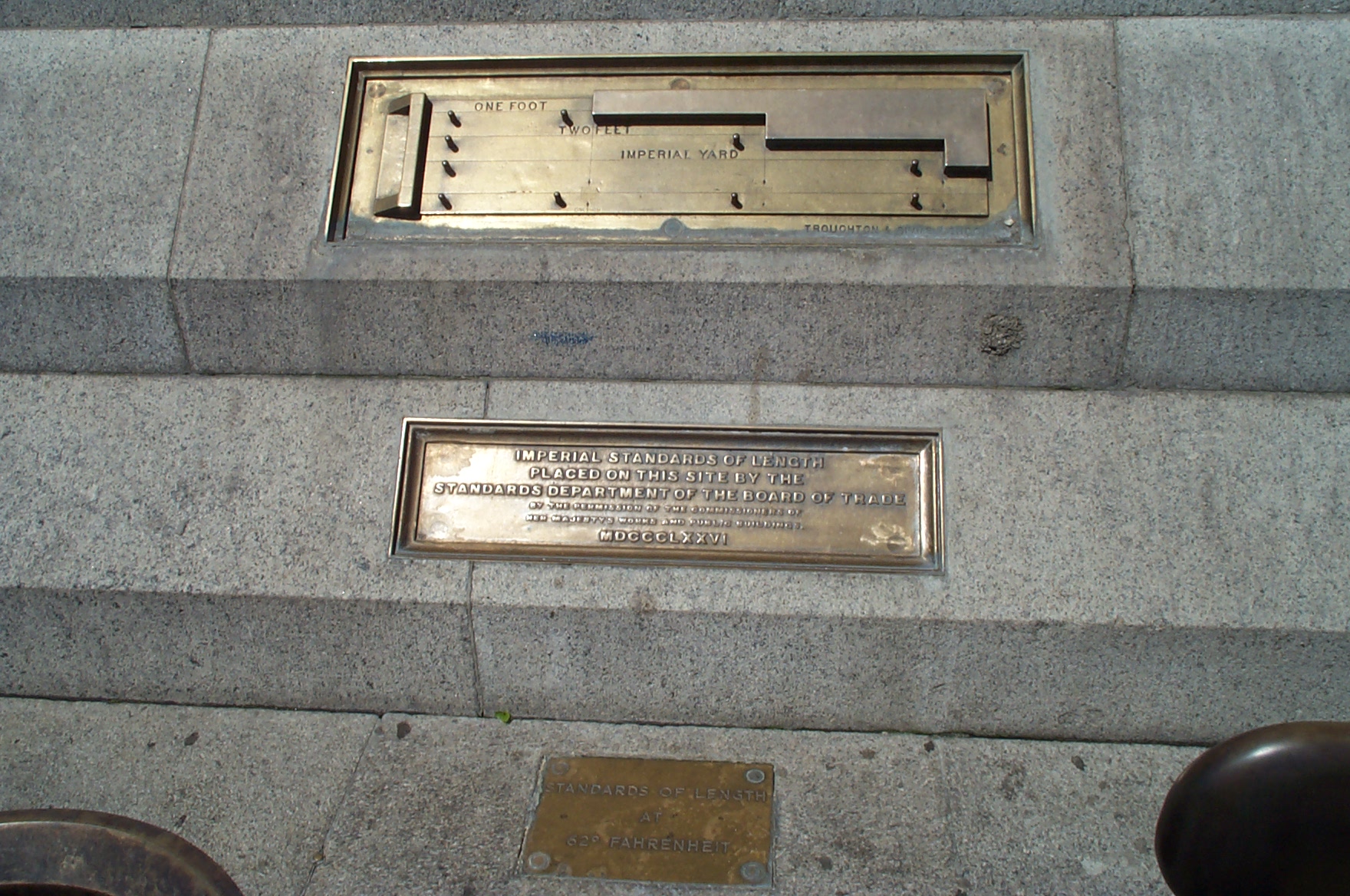So there I was, idly musing on the ways the imperial and metric units of measurement were decided on. I had long been of the understanding that the imperial units of length were based largely on the human body. I have no idea where I picked up this piece of debatable wisdom, but I have long thought that the inch is either (a) the width of the thumb at the base of the nail, or (b) the length of the thumb from the tip to the first joint. A foot is... well, the length of a foot - and it just so happens that it is twelve times the length of an inch. A yard is the length of a man's stride - but I have no idea why there are 1760 yards in a mile. Oh, hang on! A furlong (220 yards) was the length of a strip of field a serf was allowed to use back in medieval times, and eight furlongs went into a mile. And an acre (I know, it's not a measurement of length) is the amount of land that could be ploughed in one day by a man and one horse. And it just so happens that an acre can be a square plot one measuring furlong on each side, ie 4840 square yards.
The metric system, on the other hand, was devised in France at the time of the revolution when the aim was to scrap all things associated with the old order. It was decided that the basic unit of length should be the metre and that the length of the metre would be one ten-millionth of the distance between the North Pole and the Equator. What a pity that they calculated that distance incorrectly! And while they were about it, they decided that the old system based on 12s would be replaced with a system based on 10s, which seems logical given that we have ten fingers (if you include the thumbs). What they overlooked was the fact that a system of dozens is much more convenient when it comes to dividing by anything other than 2 or 5.
If you happen to be in London, specifically Trafalgar Square, you may find on the steps the standard lengths of feet and yards in brass:
 |
| Image: Wikipedia Commons. |
No comments:
Post a Comment